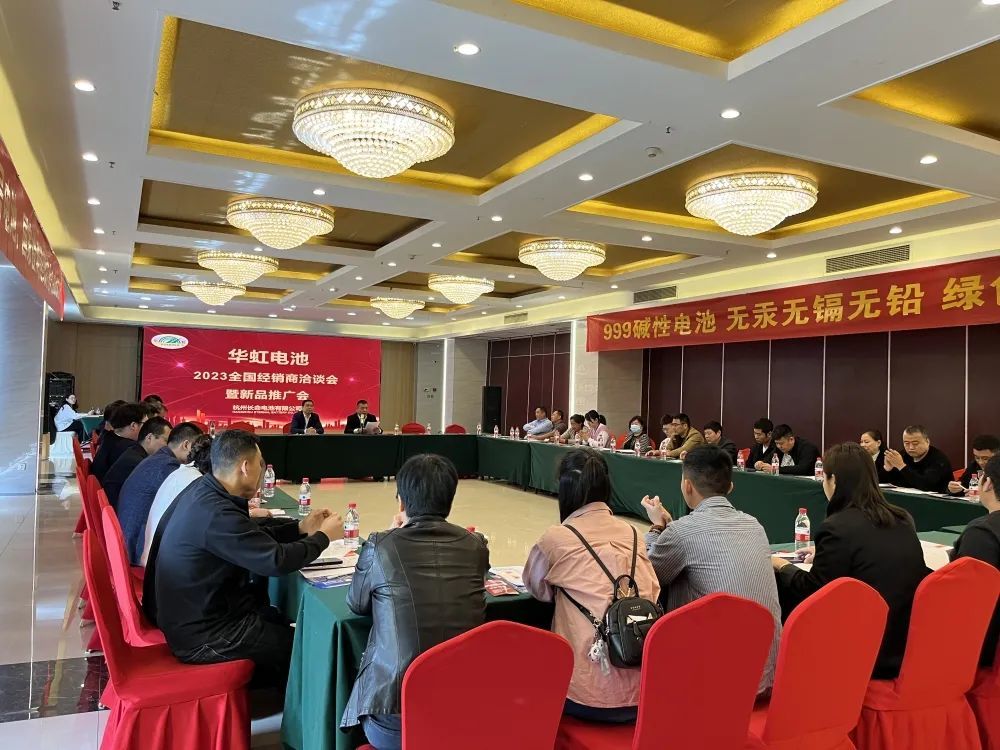15
2021
-
04
Trends in China's Lithium-Battery Recycling Market
The new energy vehicle industry is a strategic emerging industry of national importance in China, and under strong policy support and proactive guidance, it has entered a period of rapid development. Data shows that China's new energy vehicle sector has experienced significant growth since 2012, with production increasing dramatically from 12,500 vehicles in 2012 to 1.2207 million vehicles in 2018—a compound annual growth rate of 114%.
As the retirement period for power batteries installed between 2012 and 2014 draws near, 2018 was widely regarded by the industry as the inaugural year of the power battery retirement wave. However, the actual volume of动力电池 (power battery) recycled in the market did not reach a "small peak," and some batteries still remain unrecycled or underutilized effectively. According to GGII statistics, the total amount of retired power batteries in 2018 reached 74,000 tons, while the total报废量 (retired volume) of digital batteries amounted to 167,000 tons.
However, the current market volume of power battery recycling remains far below expectations. In 2018, only 5,472 tons of power batteries were recycled, accounting for just 7.4% of the total number of retired power batteries. Meanwhile, 106,300 tons of digital batteries were recycled, representing about 63.6% of their total scrapped quantity. Yet, compared to the overall lithium-ion battery scrap market, the actual recycling rate still falls short of projected levels.
Currently, the volume of lithium batteries being recycled domestically falls far short of the total number scrapped, primarily due to the following reasons:
1) Domestic lithium battery recycling is incomplete in terms of channels, systems, and regulations; most used batteries, especially those from digital devices, remain uncollected.
2) The legal frameworks and regulations governing lithium battery recycling still need improvement. While there is some clarity regarding the entities responsible for recycling, enforcement remains insufficient.
3) Due to reasons such as trade secrets or unclear economic benefits, some manufacturers have not yet implemented recycling and reuse processes for spent batteries.
4) Batteries that have reached their theoretical lifespan but should technically be scrapped have not been disposed of by automakers due to cost concerns. Instead, they remain in circulation on the market, resulting in the actual total number of scrapped batteries being far lower than the theoretical amount—and consequently, reducing the overall volume of batteries collected for recycling.
Next page













